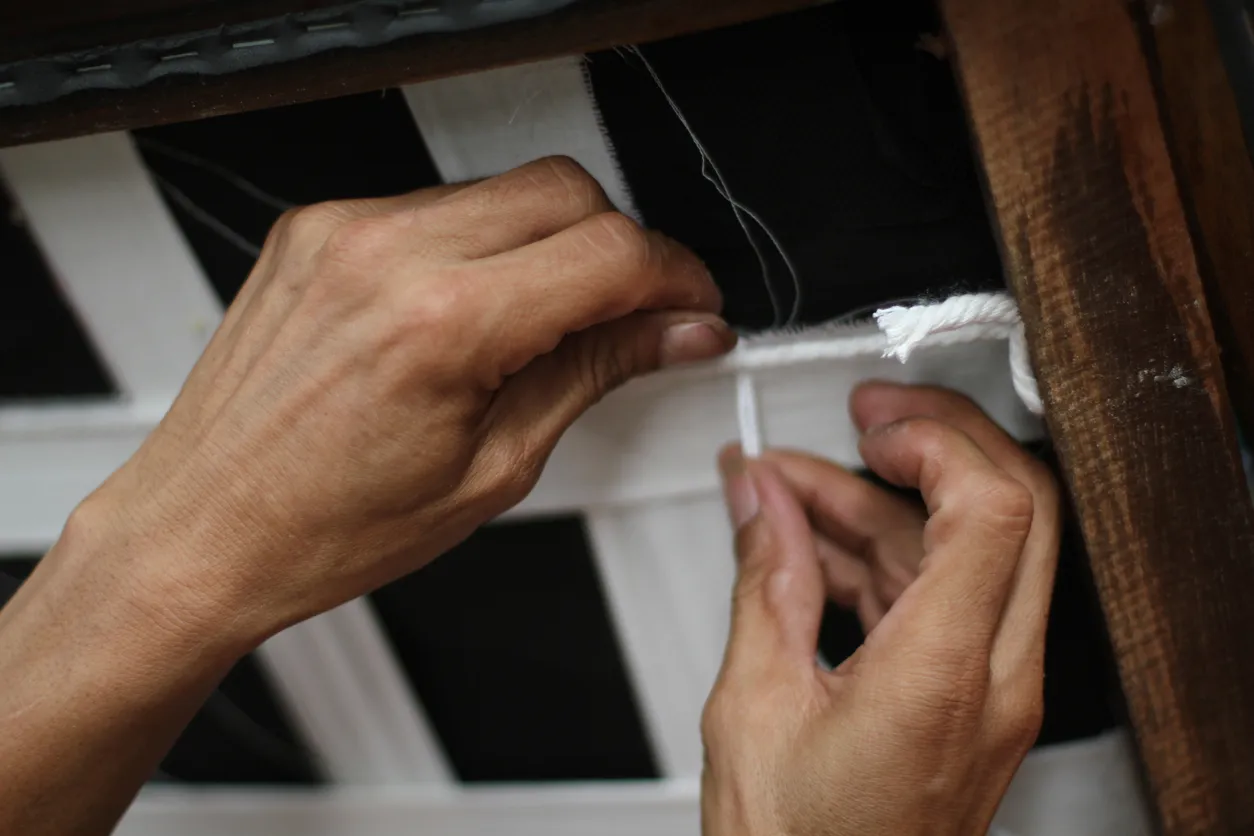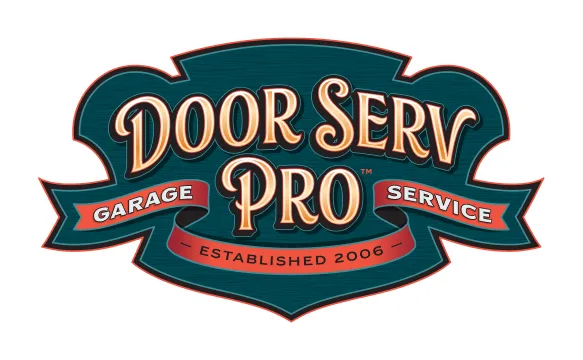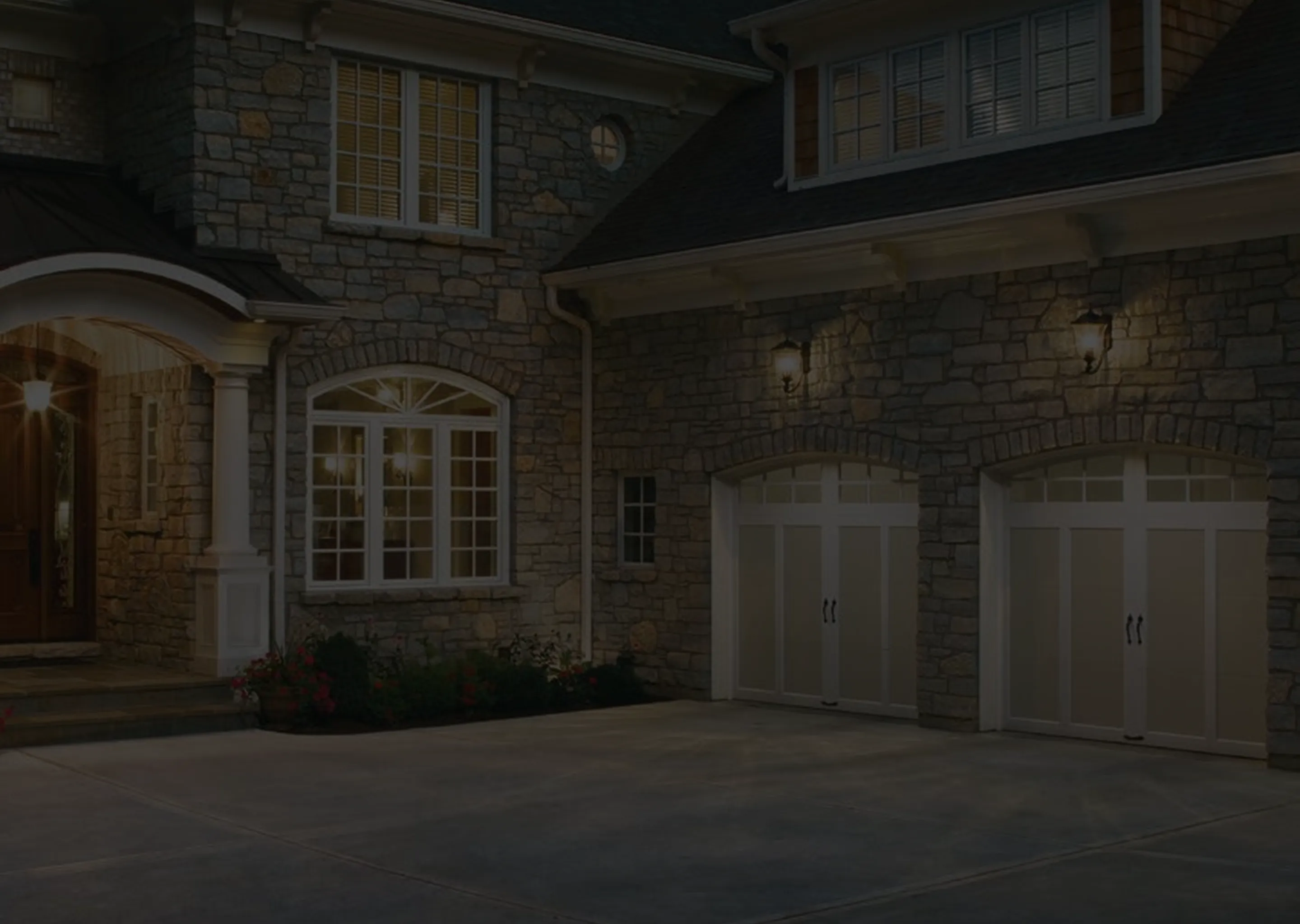Garage Door Spring Repair in Pleasant Hall, PA
Garage doors are complex systems, and perhaps no component is more critical to their safe and efficient operation than the springs. These high-tension parts counterbalance the significant weight of the door, making it easy to lift and lower, whether manually or with an opener. When a spring fails, it doesn't just inconvenience you; it creates a potentially hazardous situation. For homeowners in Pleasant Hall, PA, understanding the importance of garage door springs and the necessity of professional repair is crucial for safety and the longevity of their garage door system. Addressing spring issues promptly and correctly ensures your door functions smoothly and reliably, providing security and convenient access to your home.
The Vital Role of Garage Door Springs
Garage door springs bear the brunt of the work every time your door opens or closes. They store mechanical energy when the door is lowered and release it to assist in lifting. Without properly functioning springs, the garage door opener would struggle immensely, if it could even lift the door at all, leading to premature wear and failure of the opener system.
There are primarily two types of garage door spring systems:
- Torsion Springs: Located directly above the garage door opening, mounted on a metal shaft. These springs twist and coil to build tension when the door is closed. They are typically found on heavier residential doors.
- Extension Springs: Located along the tracks on either side of the door. These springs stretch and extend as the door closes and contract as it opens. They are often used on lighter doors.
Both types are under significant tension, which is what makes them effective but also inherently dangerous if mishandled. The proper functioning of these springs is vital for the balanced movement of the door, ensuring it opens and closes evenly and safely.

Recognizing the Signs of a Failing Garage Door Spring
Because springs are under constant stress, they eventually wear out and break. A typical garage door spring is rated for a certain number of cycles (one cycle is one open and close). Over time, the metal fatigues. Recognizing the early warning signs can help you address the issue before a complete failure occurs, although sudden breaks are also common.
Here are key indicators that your garage door springs may need attention:
- Loud Pop or Bang: This is the most common sign of a broken torsion spring. The sudden release of tension creates a very loud noise, often startling homeowners.
- Difficulty Lifting the Door: If your garage door feels incredibly heavy when you try to lift it manually, or if the opener struggles or stops halfway, it's a strong indication that one or both springs have lost tension or broken.
- The Door Falls Quickly: A door that slams shut rather than lowering slowly and controlled is a clear sign of inadequate spring tension. This is extremely dangerous.
- Uneven Movement: If the door appears to lift or lower unevenly, or if one side lags behind the other, it could mean one of the two springs (in a two-spring system) has broken or is losing tension faster than the other.
- Visible Gap in Torsion Spring: A broken torsion spring will often have a visible gap of an inch or two within the coil itself.
- Stretched or Deformed Extension Springs: Extension springs that are visibly stretched out, rusted, or appear deformed along the track may be failing.
- The Garage Door Opener Runs But Door Doesn't Move: If you activate your opener and hear the motor running, but the door remains stationary or only moves slightly, a broken spring is a very likely culprit, as the opener cannot lift the door's full weight alone.
If you notice any of these signs in your Pleasant Hall home, it's time to seek professional help for garage door spring repair.
The Critical Dangers of DIY Spring Repair
Given the high tension in garage door springs, attempting to repair or replace them yourself is incredibly dangerous. The energy stored in these springs is immense and can cause severe injury, including broken bones, lacerations, or even death, if released unexpectedly.
- High Tension: Springs are wound tightly (torsion) or stretched taut (extension). Specialized tools and knowledge are required to safely release and apply this tension.
- Risk of Sudden Release: If you attempt to unwind or unstretch a spring without the proper tools and technique, the sudden release of energy can cause the spring or winding bars to whip around violently.
- Incorrect Spring Selection: Using the wrong size or type of spring for your specific garage door's weight can lead to imbalance, strain on other components, and ultimately, further damage or premature failure of the new spring and potentially the opener.
- Improper Installation: Incorrect winding or attachment can result in the door not being properly counterbalanced, leading to unsafe operation, damaged tracks, or a short lifespan for the new springs and opener.
- Lack of Safety Equipment: Professional technicians use specific safety tools, such as winding bars for torsion springs and safety cables for extension springs (which prevent a broken spring from flying across the garage). Homeowners attempting DIY often lack this crucial equipment.
For these reasons, garage door spring repair is one job best left to trained professionals. The potential cost of injury or further damage far outweighs any perceived savings from a DIY attempt.
The Professional Garage Door Spring Repair Process
When you call a professional service for garage door spring repair in Pleasant Hall, PA, you can expect a thorough and safe process designed to restore your door to optimal function.
- Safety First: The technician will secure the garage door to prevent any accidental movement during the repair process. This is paramount due to the broken or damaged spring.
- Assessment and Diagnosis: The technician will carefully inspect the entire spring system, including the unbroken springs (if applicable), cables, pulleys, and other hardware, to determine the cause and extent of the problem. They will identify the type and specifications of the necessary replacement springs by measuring the door's weight and the dimensions of the existing springs.
- Safe Spring Removal: Using specialized tools and techniques, the technician will safely release any remaining tension from the damaged spring(s). They will then carefully detach the old springs from the shaft or tracks.
- Spring Replacement: New springs, correctly matched to the door's weight and size, are installed. For torsion springs, this involves threading them onto the shaft and securing them. For extension springs, they are attached to the pulleys and tracks.
- Winding (Torsion Springs): This is a critical step for torsion springs where tension is carefully applied by winding the springs using specialized bars. The technician knows the precise number of turns required to properly counterbalance the door's weight.
- Cable and Pulley Inspection/Adjustment: The technician will ensure the lift cables are properly attached and routed through the pulleys or drums, making any necessary adjustments to ensure even lifting.
- Testing and Balancing: Once the new springs are installed and tensioned, the technician will test the door's balance. When properly balanced, the door should stay in place when lifted manually about halfway up. They will also test the door's movement using the opener, ensuring it operates smoothly and quietly.
- Lubrication and Final Check: The technician will lubricate the new springs and other moving parts and perform a final visual and operational check of the entire garage door system.
This systematic approach ensures the repair is done safely, effectively, and according to industry standards.
Why Timely Service is Essential
Delaying garage door spring repair after noticing signs of failure or a complete break is never advisable.
- Safety Hazard: As mentioned, operating a door with a broken or weakened spring is extremely dangerous. The door could fall unexpectedly, causing serious injury or property damage.
- Further Damage: A malfunctioning spring puts excessive stress on other components of the garage door system, including the garage door opener, cables, pulleys, and tracks. This can lead to a cascade of failures and much more expensive repairs down the line.
- Inconvenience: A door with broken springs is difficult or impossible to operate, leaving vehicles trapped inside or your garage exposed and unsecured.
Addressing spring issues promptly protects your safety, prevents further damage to your garage door system, and restores the security and functionality of your garage.
Professional Spring Repair You Can Trust
For homeowners in Pleasant Hall, PA, needing reliable and safe Garage Door Spring Repair, choosing experienced professionals is paramount. Companies like Door Serv Pro understand the urgency and technicality involved in spring replacement. With years of experience and a commitment to safety, they provide the expertise required to handle these dangerous repairs effectively. They ensure the correct springs are selected and installed properly, restoring your garage door's balance and safe operation. Available around the clock, they can respond quickly to emergency situations involving broken springs, providing peace of mind knowing help is available when you need it most.
Conclusion
Garage door springs are vital but often overlooked components until they fail. When they do, they pose a significant safety risk and render your garage door inoperable. For residents of Pleasant Hall, PA, recognizing the signs of a failing spring and understanding the dangers of DIY repair are the first steps toward a safe resolution. Professional garage door spring repair offers the necessary expertise, tools, and safety protocols to address this critical issue correctly. Investing in timely, professional service protects your safety, prevents further damage to your garage door system, and ensures reliable and convenient access to your garage for years to come.



